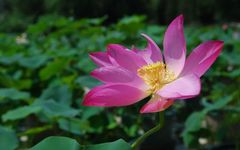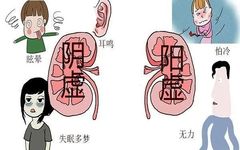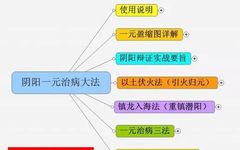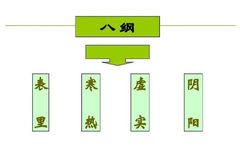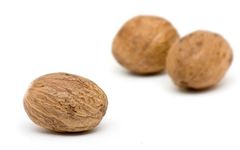The Impact of Insufficient Yang Qi on Health and Fortune
What is Yang Qi? Yang Qi is the combination of the innate Qi received from parents and the acquired Qi from respiration, along with the essence of food transformed by the Spleen and Stomach. It plays a role in nourishing the body’s tissues and maintaining the functions of the organs. As one ages, Yang Qi … Read more

